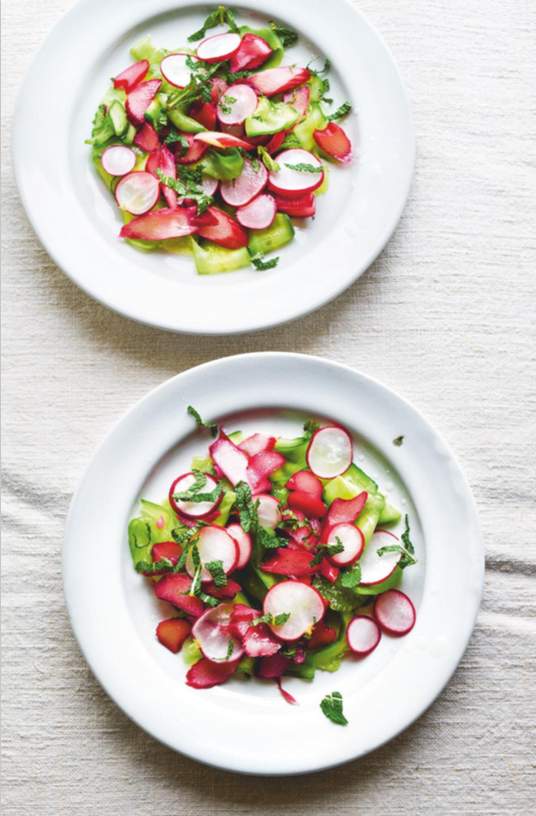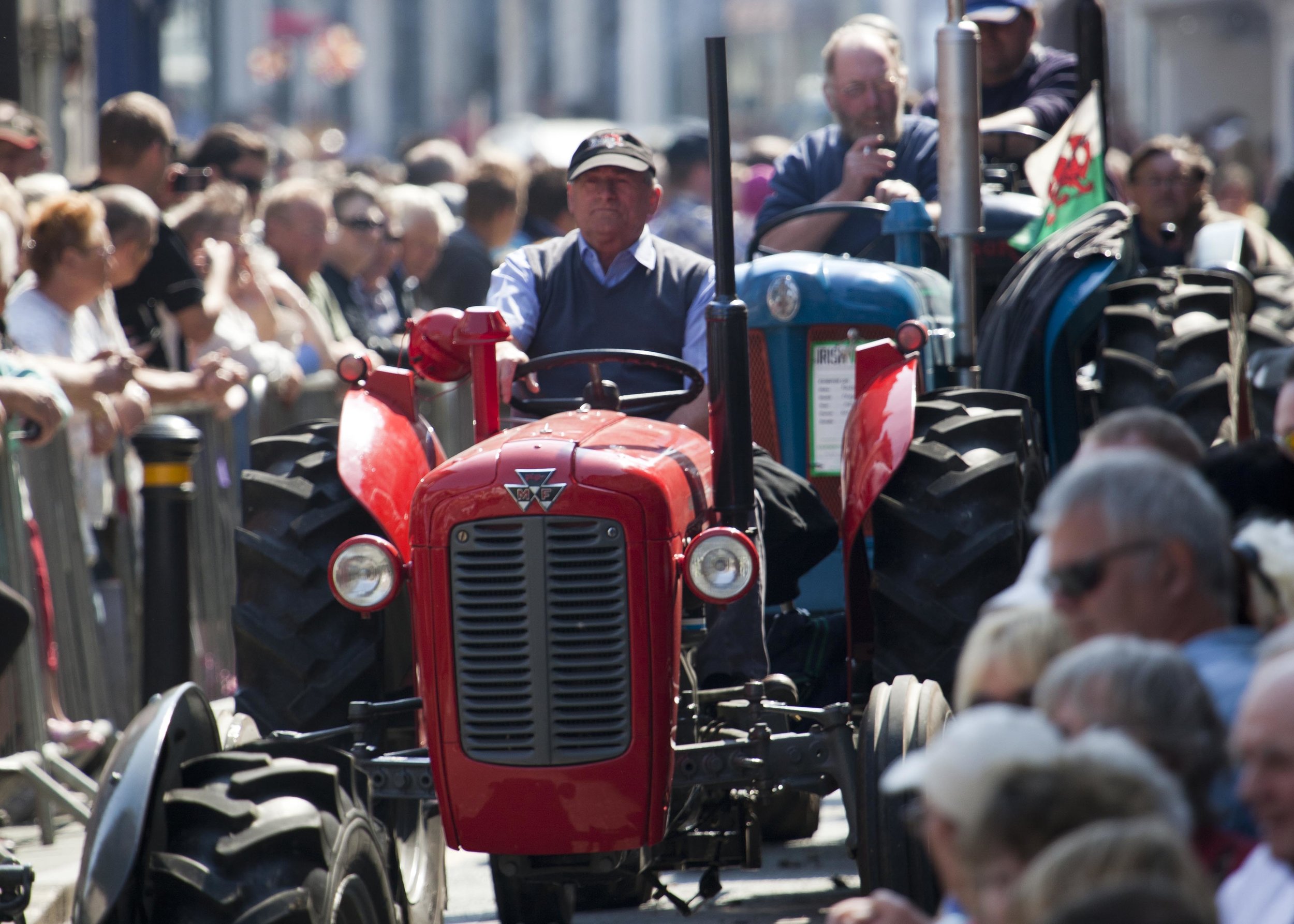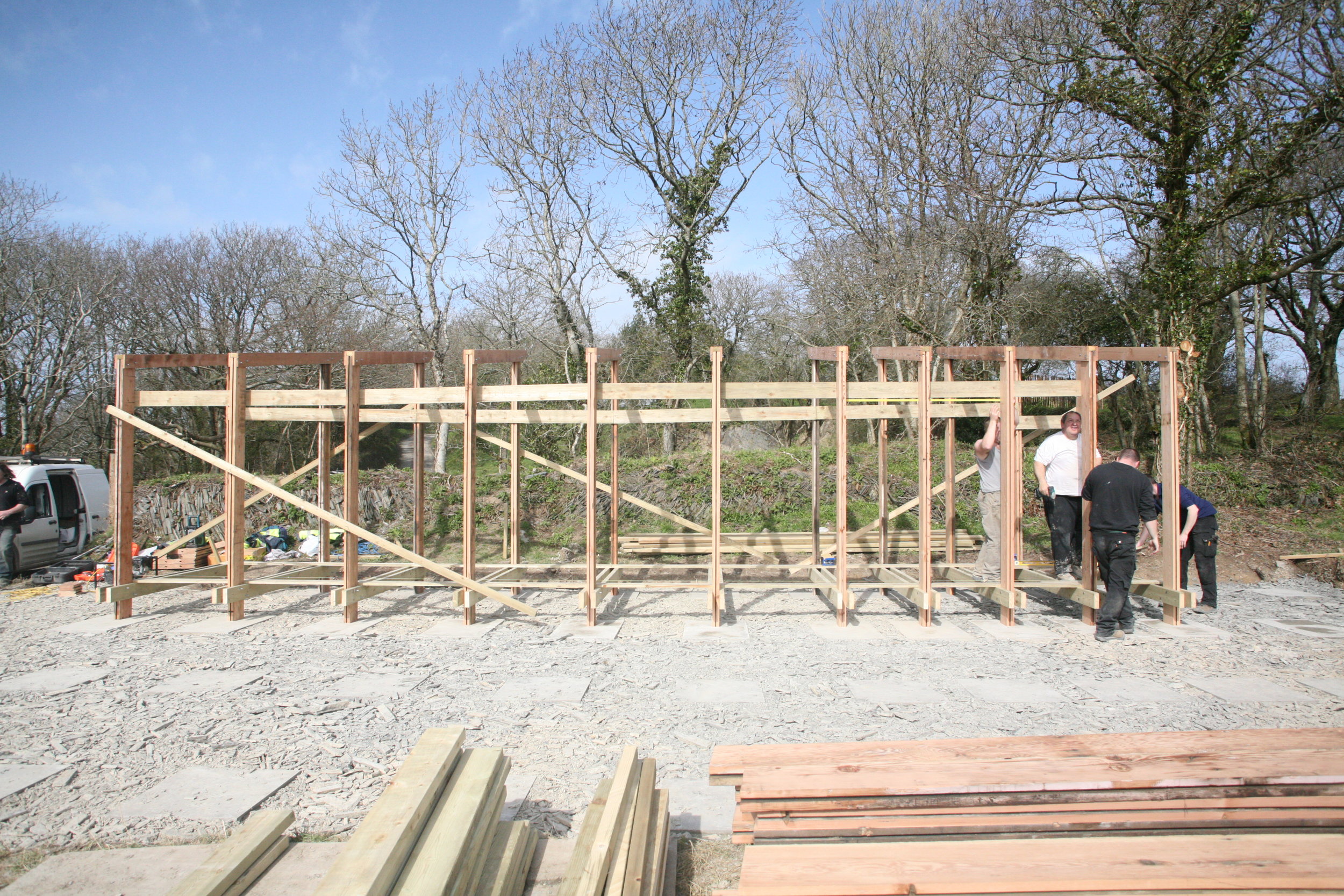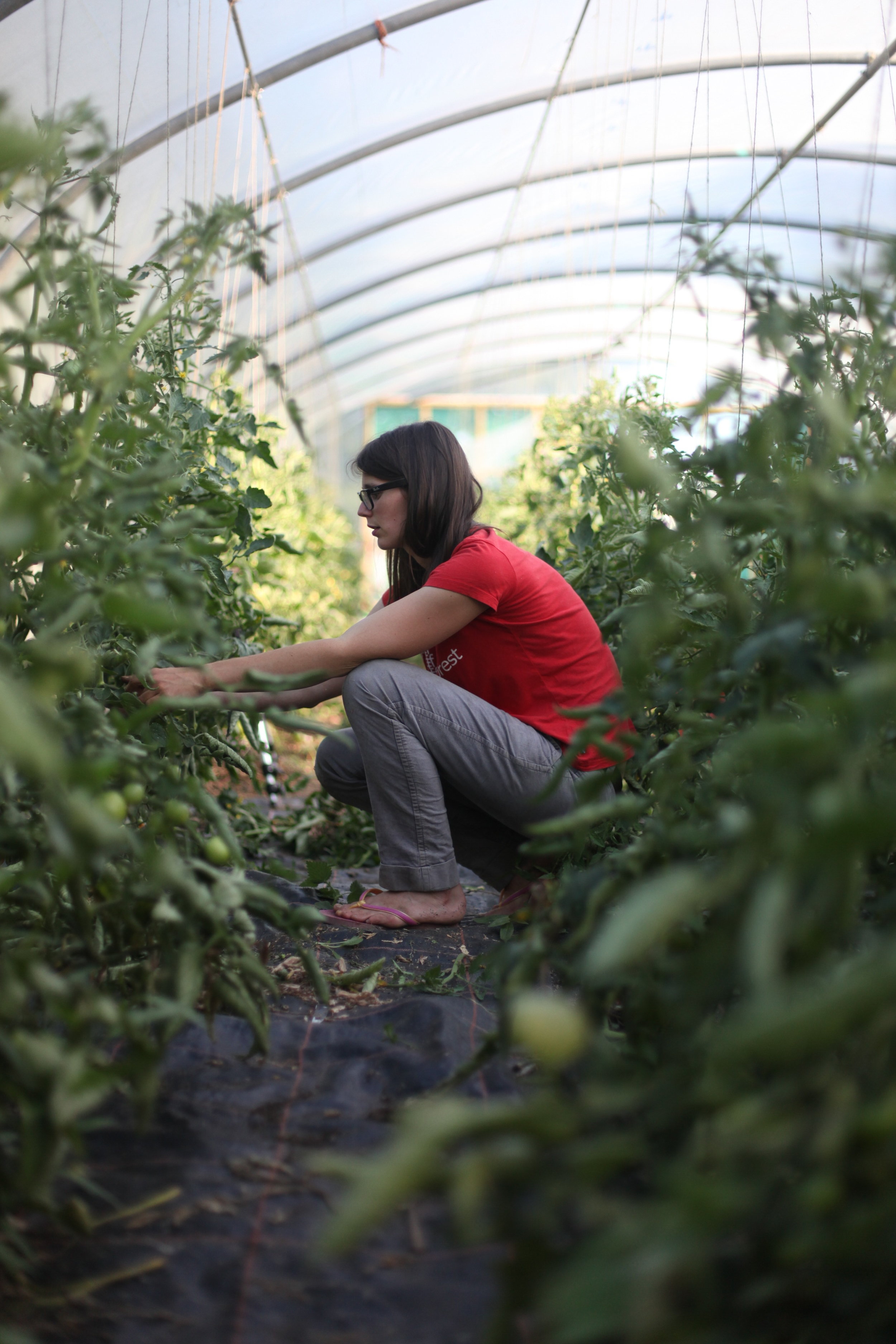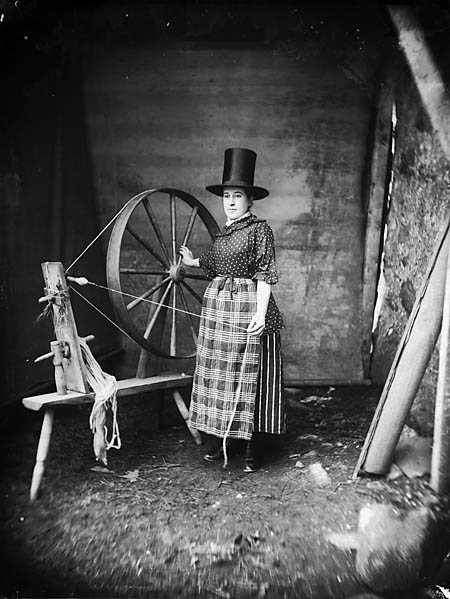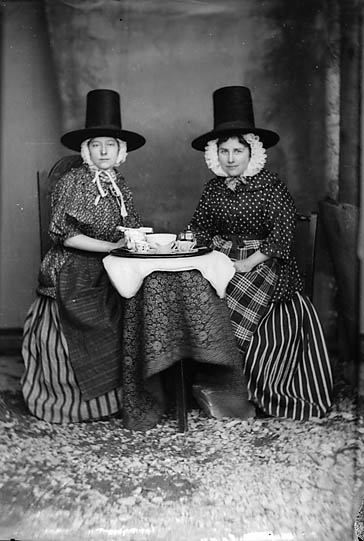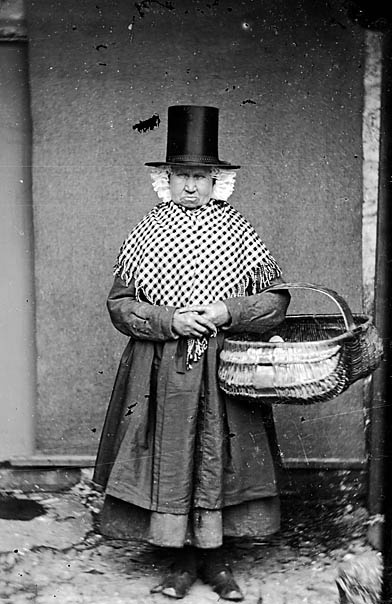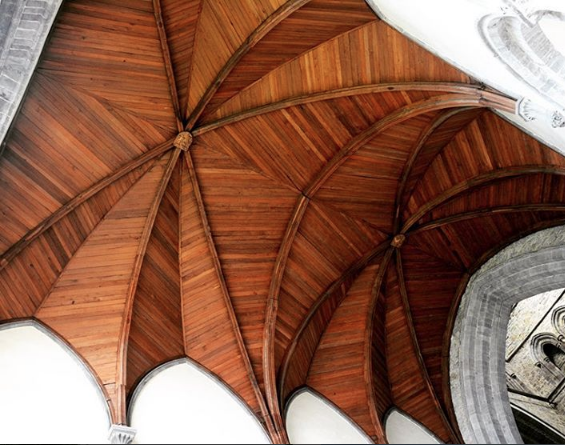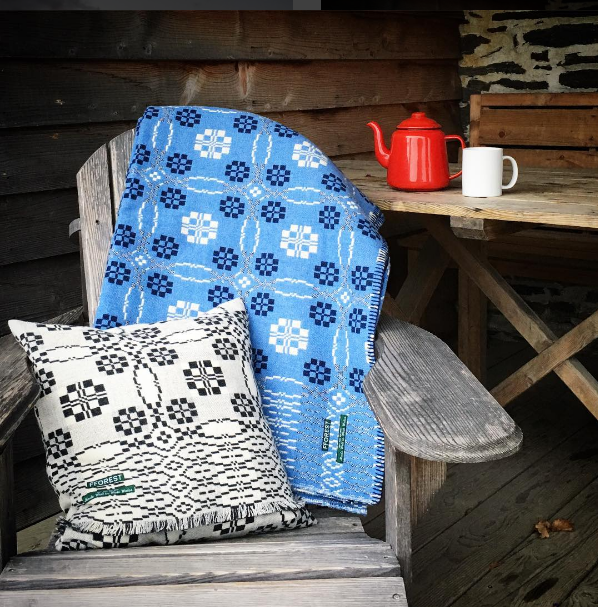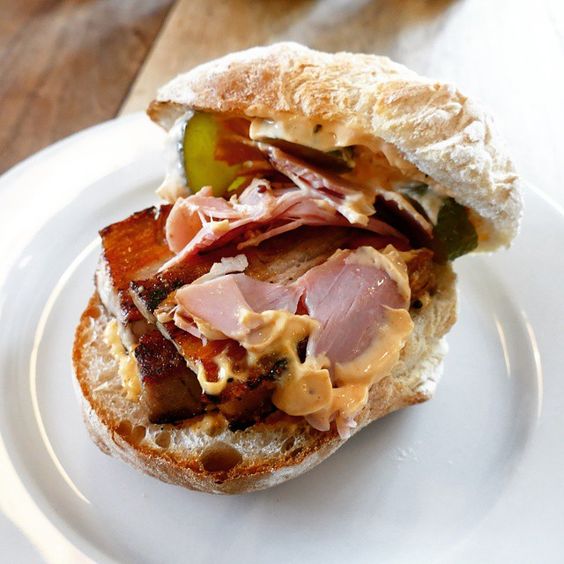As the chef behind Denmark’s Noma restaurant, recipient of two Michelin stars and of the San Pellegrino Awards’ “best restaurant in the world” honour four times since it opened in 2004, René Redzepi is widely considered the godfather of New Nordic food.
With a menu rooted in foraging, fermenting, and smoking, Redzepi incorporates plant and animal ingredients such as lichen, beach mustard, pine needles, and musk ox, and turns them into a culinary experience for which diners will pay handsomely. Embedded in his work is a simple philosophy—that we don’t need food “to be delicious or great or all these things if we’re just to survive,” as he told Interview, “But it’s one of those things that makes life fun, livable. And the more I submerge myself in it, the more fun I seem to have.”
Below is a list of the chef's top ten books:
1. EL BULLI SABOR DEL MEDITERRANEO
- Ferran Adrià
"Ferran has authored many books but, to me, this is one of the most important restaurant cook books of the last two decades. You can trace back several of the modern culinary movements of the last 20 years in the pages of this book, and it’s laden with beautiful and inspiring images."
2. KITCHEN CONFIDENTIAl
- Anthony Bourdain
"You could argue that this book was the real moment of “the chef” as we know it today. I think before this came out, chefs were simply cooks hidden in the basement. This book sparked a new appetite for understanding how, and by whom, our food is prepared. This book (along with Marco Pierre’s “White Heat”) is one of the two books that propelled professional cooking into the pop culture phenomenon that it is today."
3. ALL THE ODES
- Pablo Neruda
"I love these odes, they are a brilliant reminder to consider seemingly unimportant everyday objects and moments, and to enjoy the present."
4. CRIME AND PUNISHMENT
- Fyodor Dostoyevsky
"This was one of the books that I started reading as Noma was opening. I was sleeping on the couch every night, coming home from work completely exhausted, way too stressed out and slowly sinking into some sort of depression. I became totally absorbed by the writing and universe that Dostoyevsky creates; it is the perfect escape."
5. DOWN AND OUT IN PARIS AND LONDON
- George Orwell
"This might be the best book I know of that describes restaurant culture. In general I am a very big fan of George Orwell, I could have selected half of the books on this list to be authored by him. But I particularly enjoy this one because it tells me something about my industry."
6. BABETTE'S FEAST
- Karen Blixen
"This is a Danish classic. As a cook in Scandinavia, reading this book makes you understand why Scandinavians have such a strange relationship with the act of pleasure. It makes you think about the impact religion has had on the enjoyment of things, particularly food. In other words, after I read this I understand why it can be so bleak here up in the Protestant north."
7. THE VOYAGE OF THE BEAGLE
- Charles Darwin
"Lost on a desert island, having a book like this to inspire you, and to learn, would allow you to still dedicate your life to something. Find yourself a little beetle, or a tiny ant. Maintain a sense of curiosity and thrill of exploration."
8. THE SELLOUT
- Paul Beatty
"My friend Daniel Patterson gave me this book and told me it is one of his favourite books that he’s ever read. Beatty’s use of language and humour is complex and layered, unfolding more and more each time you read it. It is also a book that has taught me—as a Dane—a great deal about the predominant culture in the West — America."
9. GUNS, GERMS & STEEL
- Jared Diamond
"A monster of a book, where you get to learn about the world and the people that we are. It is a book that I tried to read several times before finally reading it through, each time wishing I didn’t have a couple of kids on my shoulder or the roaring engine sound of a modern kitchen in my ears. It is simply the perfect book when you have time to really focus and think."
10. TINTIN IN THE CONGO
- Hergé
"I spent many hours as a child and teenager digging into Tintin. Actually, it was a difficult choice between Tintin and “The Little Prince,” because that is another old favourite. Despite being classified as children’s books, I believe these can easily be read and enjoyed by adults."
This list is adapted from One Grand: a curated bookstore in which celebrated thinkers, writers, artists, and other creative minds share the ten books they would take to their metaphorical desert island.

